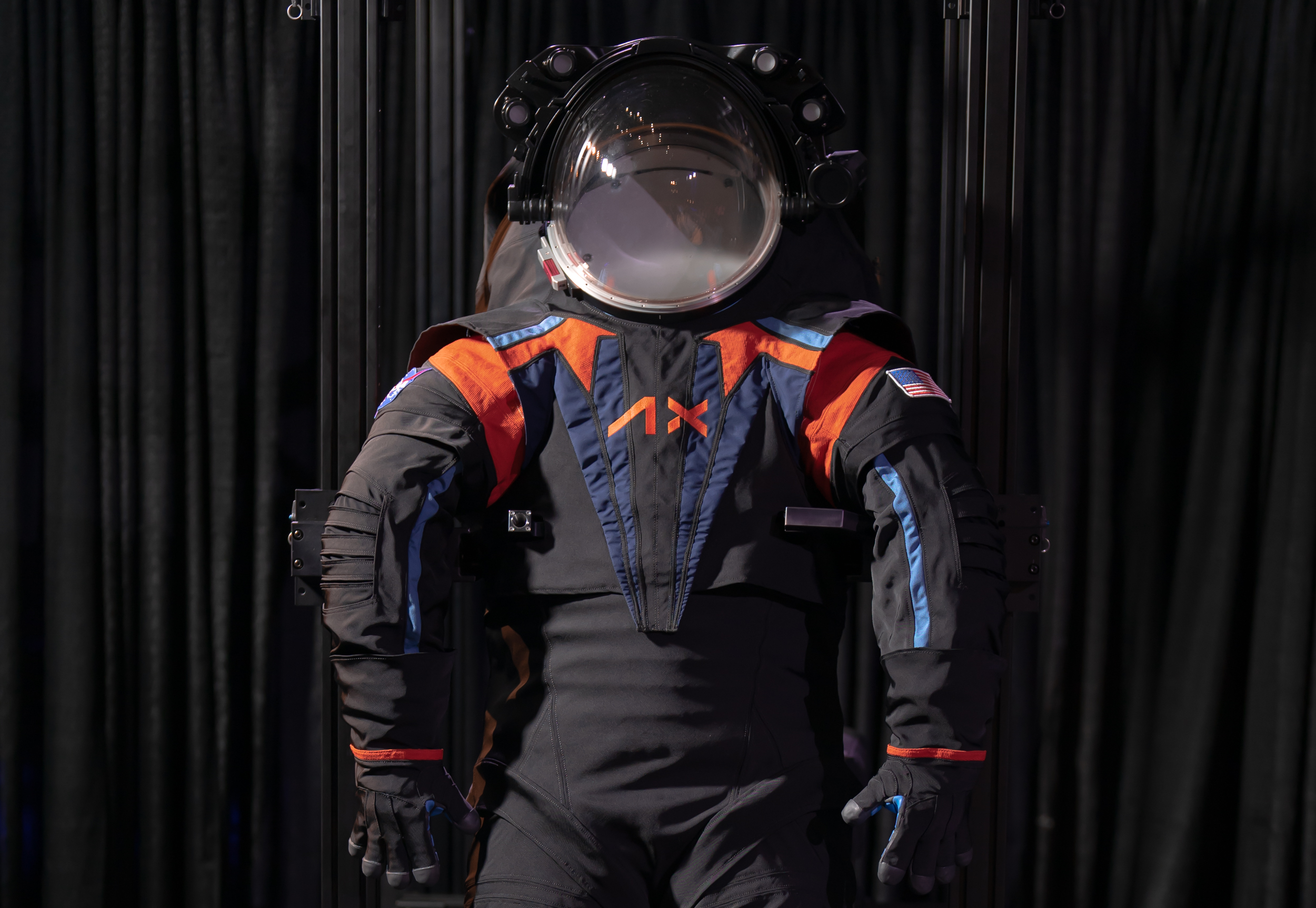Tuesday, 21 March 2023
Max Q: Maybe next time
by Earn Media
Hello and welcome back to Max Q!
In this issue:
- An “operational pause” at Virgin Orbit
- Behold: New moon suits!
- News from Project Kuiper and more
At Virgin Orbit, it never should’ve come to a staff furlough
CNBC broke the bombshell news that Virgin Orbit was pausing operations for at least a week while it looked for funding to support the business. As part of that pause, company executives reportedly told staff in an all-hands meeting that they were being furloughed — and that it would be unpaid. (Read TC’s Devin Coldewey’s take on this news here.)
The news isn’t exactly a surprise. Virgin Orbit’s financial woes have been discussed and dissected by the media for months — including here at TechCrunch — with many wondering how the company could sustainably continue operations.
That the news isn’t a surprise is exactly the problem.
Image Credits: Virgin Orbit/Greg Robinson
Behold the new moon suit
NASA and Axiom Space just showed off the latest iteration of the spacesuit astronauts will wear on the surface of the moon when the Artemis III mission takes the first Americans to visit it since 1972. Improved in every way over the classic EVA suits of the Apollo era, the new Axiom Exploration Extravehicular Mobility Unit, or AxEMU, will make bunny hopping on the lunar surface much, much easier.
The AxEMU is a near-final version of the xEMU suit we’ve seen peeks of over the last few years of its development. The process worked much like other NASA-led efforts, in which the agency dictated the specs and helped create prototypes, but then contracted with a private company to actually build the things. The suits have been under development for a few years now, but we’re finally getting our best look yet at what future astronauts will be wearing on the moon.

Image Credits: Axiom Space
More news from TC and beyond
- a16z released a space market map covering launch, satellites, manufacturing and software, and in-space services. (a16z)
- Amazon’s Project Kuiper unveiled what customers can expect in terms of terminals for actually connecting up to their future satellite broadband network. (TechCrunch)
- Astra submitted an extension request with Nasdaq to preserve its listing on the exchange, after the company lost compliance when its shares fell below $1. (Astra)
- Blue Origin’s New Shepard rocket could fly again before the year is out, though the company is being tight-lipped about the ongoing investigation with the U.S. Federal Aviation Administration into the mishap that grounded the rocket in the first place. (Reuters)
- CesiumAstro will be testing its new in-flight connectivity product with Airbus starting this year. (CesiumAstro)
- Firefly Space was awarded a second lunar mission from NASA, valued at $112 million, under the agency’s Commercial Lunar Payload Services program. (Firefly)
- Gravitics conducted a successful pressure test on a StarMax space station module prototype. (Gravitics)
- Impulse Space’s SN1 thruster “Saiph” is ready for qualification testing, CEO Tom Mueller said. (Tom Mueller)
- ispace’s Hakuto-R lunar lander has completed all deep space orbital control maneuvers in its journey to the moon. A lunar orbital insertion is next on its to-do list. (ispace)
- K2 Space has emerged from stealth with plans to build satellite buses for cheaper by leveraging the capabilities of future launch vehicles like Starship. (CNBC)
- LeoLabs has selected a site in Argentina for its next ground radar, which will mark the eleventh ground radar station across six sites around the world. (Payload)
- NASA projects it may cost as much as $1 billion to develop a space tug capable of deorbiting the ISS by 2030. (Space)
- NASA ordered a third private astronaut mission to the International Space Station from Axiom Space, to launch no earlier than November 2023. (NASA)
- Rocket Lab had a second successful mission from Virginia, launching two Capella Space satellites to orbit. (Rocket Lab)
- SkyFi said Umbra’s synthetic aperture radar satellite imagery is now available on its app. (SkyFi)
- SpaceX and T-Mobile will begin testing a new service to bring satellite connectivity to cell phones this year, a SpaceX executive said last week. (TechCrunch)
- The U.S. Federal Communications Commission has officially proposed, and voted unanimously to move forward with, a framework under which satellites can communicate directly with smartphones in a structured and useful way. (TechCrunch)
- Varda Space was awarded a $60 million contract from the U.S. Air Force to test hypersonic capabilities using the company’s spacecraft (which will be returning to Earth after manufacturing novel drug therapies in space, Varda hopes). (Varda)
- Voyager Space acquired ZIN Technologies, a company that engineers and designs human-rated infrastructure and equipment for the ISS and other customers. (Voyager)
Max Q is brought to you by me, Aria Alamalhodaei. If you enjoy reading Max Q, consider forwarding it to a friend.
Max Q: Maybe next time by Aria Alamalhodaei originally published on TechCrunch
